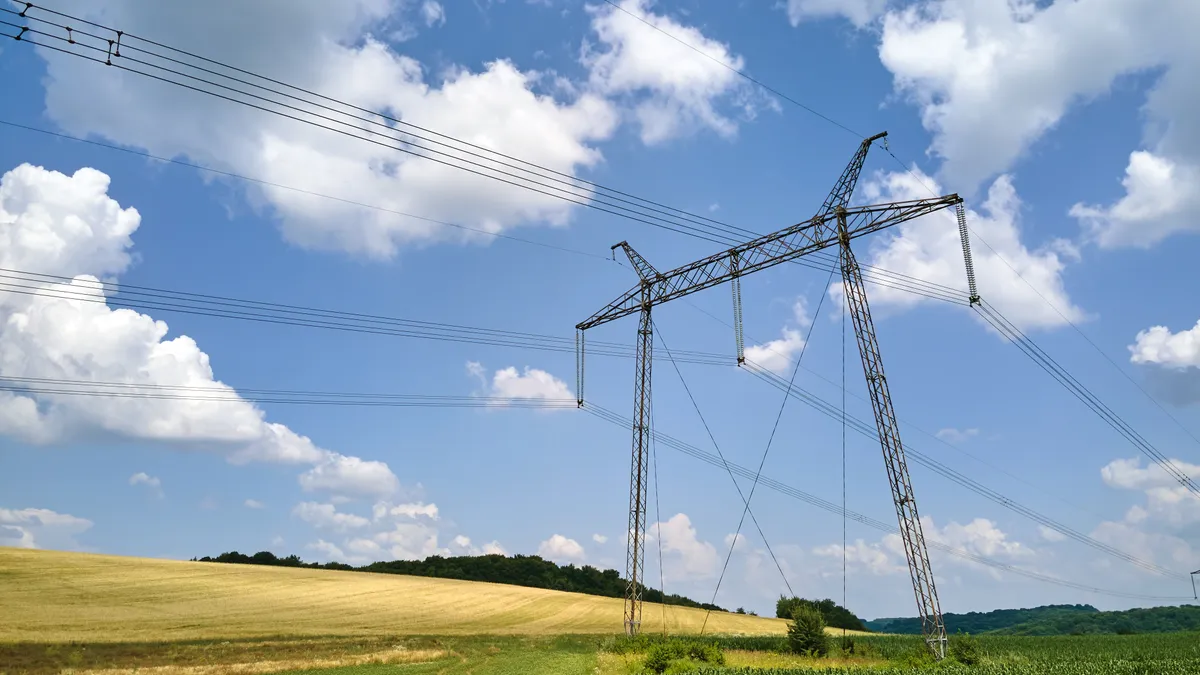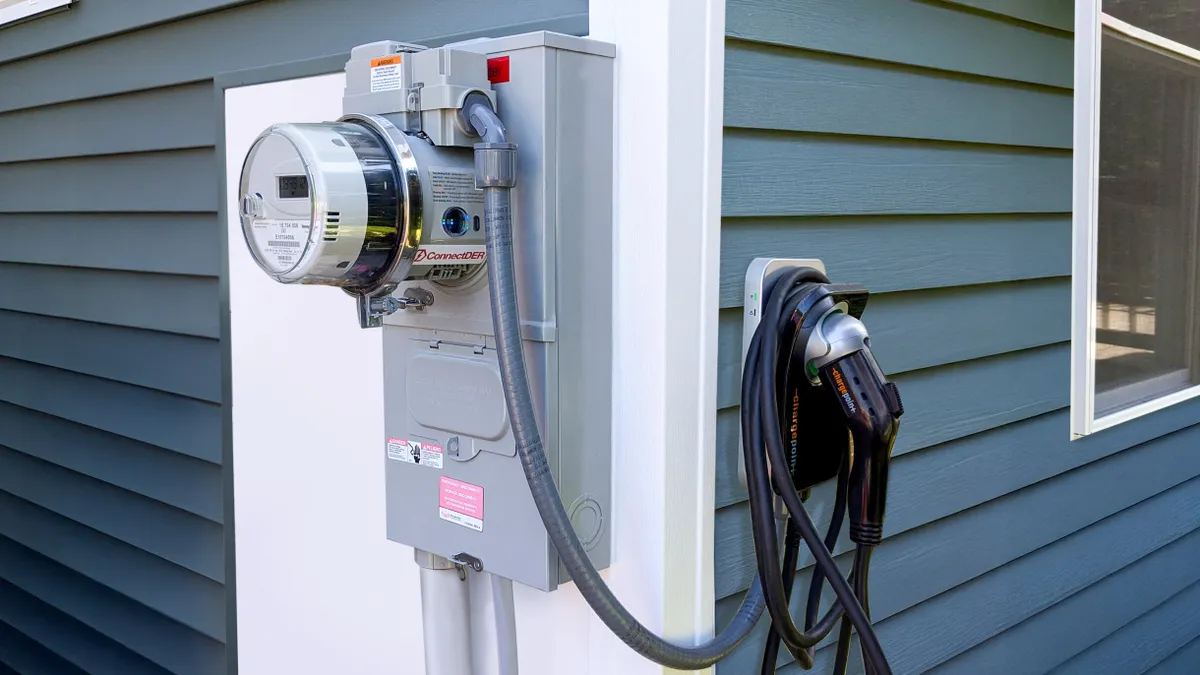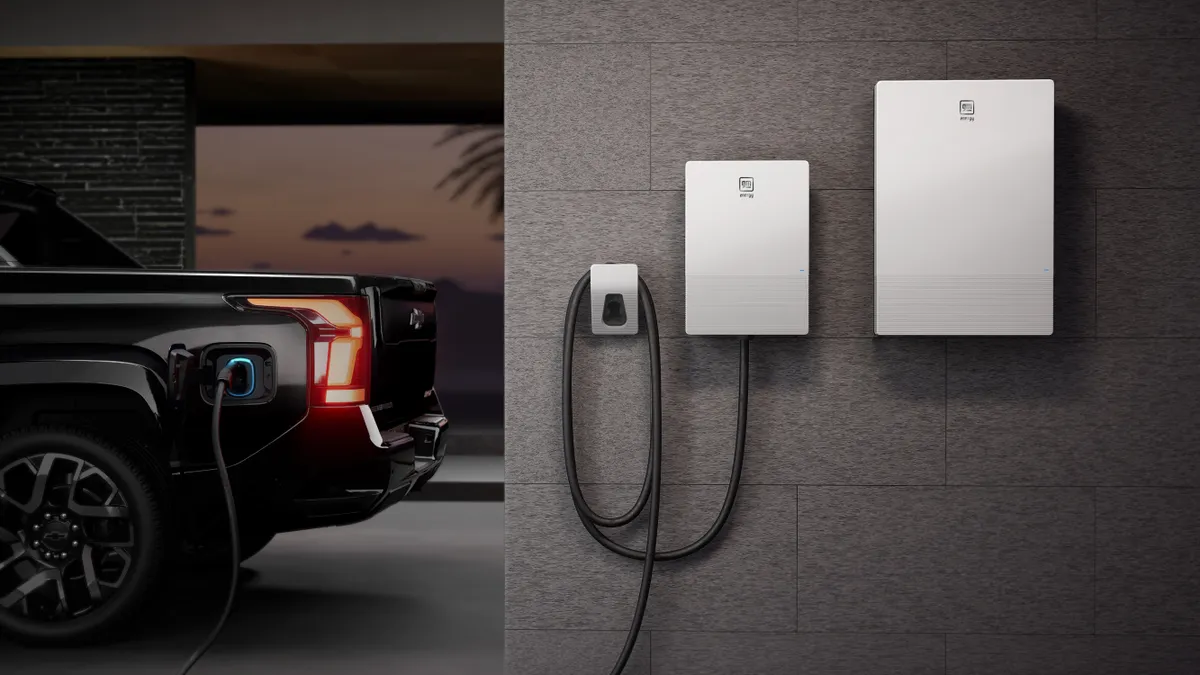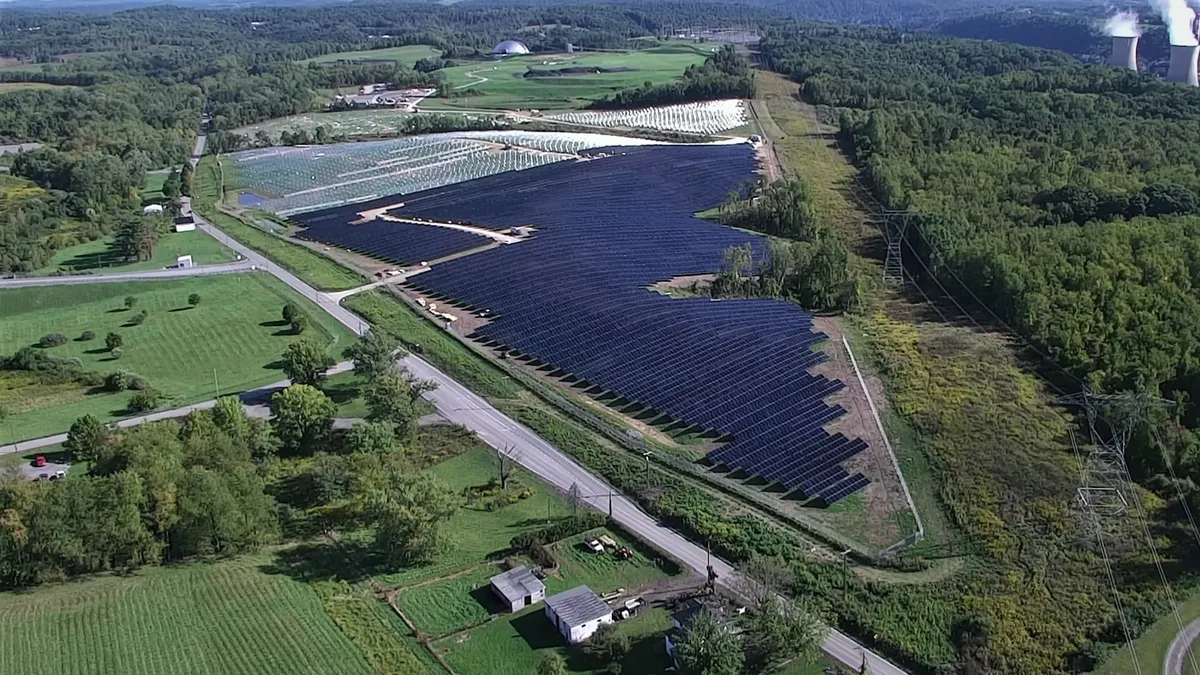When New York regulators kicked off their multi-year proceeding to rethink the utility business model, they started with a single document.
In April 2014, the New York Public Service Commission (PSC) issued a landmark order initiating the Reforming the Energy Vision docket. Though the state had grappled with related regulatory issues before, the Staff Report and Proposal marked the first full-blown attempt from regulators in the state to enumerate the existing problems with the utility business model in the age of DERs and float regulatory fixes for them.
“Current ratemaking provides few incentives for utilities to innovate or to support third-party innovation, to address the current challenges in ways that promote a more efficient system and benefit consumers,” regulatory staff wrote.
Since the release of that initial report, the REV initiative has captured the imagination of the power sector, forging a bold path for utility business model reforms around distributed resources. But it hasn’t been the only initiative to do so. Other states have begun regulatory proceedings around DERs and the utility’s role on the distribution system, though none have targeted such a wholesale and ambitious overhaul of ratemaking practices.
One of those states is California. Long viewed as one of the leaders in regulatory action on DERs, the state PUC has already directed utilities to devise a locational pricing structure for distributed resources and draw up distribution resource plans, among other reforms. But unlike New York, California has come at the DER issue with a more gradual approach, addressing practical aspects of utility adoption of DERs while shelving larger issues concerning DER incentives and the utility business model.
Now, one California PUC commissioner is looking to change that.
Earlier this week, Commissioner Mike Florio filed a draft proposal that seeks to offer a framework to align utility ratemaking practices with the growing demand for distributed resources. While it shares many of the same aims as the REV proceeding, Florio's proposal does not call for an overhaul of cost-of-service ratemaking. Instead, it aims to provide a model for how to incentivize utilities to invest in DERs within the traditional cost-of-service regulatory model.
California’s problem
Commissioner Florio’s draft proposal is far from the first time regulators in California have thought about distributed resources.
Beyond the practical reforms of DER pricing and distribution resource plans, the CPUC actually opened a docket on how to create a consistent regulatory framework for the planning and deployment of DERs back in October 2014. Florio’s filing in that docket is significant: It’s the first time a regulator in California, which leads the U.S. in DER adoption, has floated a proposal to align utility ratemaking with the policy goal of enhanced DER deployment.
At present, California utilities face a basic issue, Florio wrote in the filing. Even as they continue to address how to optimize their systems for DERs, the utilities lack a basic incentive to invest in distributed resources over traditional utility infrastructure. While investor-owned utilities can make a regulated rate of return on projects like centralized power plants and transmission lines, no such incentives currently exist in the state for meeting the same system needs with distributed resources.
“If the utility displaces or defers such investments by instead procuring DER services from others, it earns no return on the associated expenditures — such operating expenses are merely a pass-through in rates,” Florio wrote. “Thus, asking the IOUs to identify opportunities for such displacements or deferrals, as we are doing in this proceeding and the [distribution resource planning proceeding], sets up a potential conflict with the company’s fundamental financial objectives.”
In traditional utility ratemaking, Florio explained, utilities return value to their shareholders with the formula (r - k) — r being the return on equity, and k being the cost of capital. In recent years, r has exceeded k by 2.5%-3.5%, according to the draft proposal, creating a strong incentive to build new utility infrastructure.
While Florio stressed that his proposal does not seek to assign values to incentives, he wrote that if regulators can devise a way to bring a similar rate of return to distributed resources, and not just traditional infrastructure projects, utilities would be more incented to invest in DERs.
“If this Commission desires to incent the IOUs to displace some of that investment by procuring DERs, it should offer utility shareholders the opportunity to achieve equal or greater value by so doing,” Florio wrote. “This suggests that IOUs could be incented to pursue DERs if they could achieve shareholder returns equal to, say, 3.5% when they choose DERs over more traditional rate base investments.”
“If the concept is adopted,” he added, “the next step would be to establish a methodology to determine k and the appropriate incentive rate relative to the difference between r and k.”
Florio’s pilot proposal
To fix the misalignment of utility incentives for DERs, Florio proposes to establish a pilot program for California’s investor-owned utilities to deploy cost-effective DERs. While he admits much of the pilot program may eventually be displaced by processes that come out of the distribution resource planning proceeding, Florio said his pilot should be used in parallel with those efforts.
In many ways, the DER deployment pilot is similar to how utilities plan for and deploy traditional infrastructure today — just on a smaller scale.
First, utilities would identify the opportunities for cost-effective DERs on their systems, using the lessons learned from crafting their distribution resource plans and locational pricing initiatives. Once those places are identified, it would convene an internal Distribution Planning Review group — similar to an existing Procurement Review Group — to assess the opportunities.
After that, the utility would submit a letter to regulators proposing the procurement of DERs. The letter would identify the location for the resources and the system issue that the procurement would address, as well as providing a cost estimate for regulators. Utilities would describe their plans for soliciting DER solutions, with Florio writing that the commission prefers all-source requests for offers (RFOs).
In the letter, utilities would also describe a process for notifying customers in the affected area of the distributed resources the company is looking to procure.
“Affected customers could propose their own DER projects or, more likely, various vendors and aggregators could offer packages of DERs in the defined area,” Florio wrote. “Customers in the affected area could also indicate that they would like to have their names and contact information placed on a public list that vendors could use to solicit participants in a DER project.”
Following the letter, public workshops would be held where the utility would “explain the proposed solicitation in sufficient detail for attendees to understand what products and/or services the company was seeking, where, and for what purpose.” After that, the commission would set a deadline for comments and review the proposed procurements.
If the procurement process is cleared by the commission, the utility would undertake the procurement process and submit any contracts for approval by regulators. In those filings, “the utility would justify the chosen DERs and propose an appropriate incentive, consistent with the commission’s prior guidance.”
“If a DER solution is chosen and approved, the utility would be authorized to record the approved shareholder incentive in a balancing account at the same time as payments were made to the DER provider,” Florio wrote, “and entries to the account would be subject to review in a designated subsequent formal proceeding.”
As this pilot proceeds in parallel with the CPUC docket on distribution resource planning, Florio wrote that utilities could submit initial letters on DER procurements to regulators “as often as necessary, hopefully grouping several identified projects together to avoid multiple, overlapping requests.”
“A potential minimum requirement of at least one proposed project every six months could be established to ensure that the program is actually implemented,” he said in the proposal, “but I would hope and expect that the utilities would be more aggressive in seeking out DER deployment opportunities.”
Looking ahead: California's next steps
While Florio’s proposal shares a crucial goal with that of the REV docket — reshaping utility incentives to drive DER deployment — it differs in at least one important way.
New York regulators endeavor to move their electric utilities away from cost-of-service regulation — the model that allows utilities to make a regulated rate of return on infrastructure investments — but Florio is taking a different route with his proposal. Instead of an overhaul of the regulatory model, Florio aims to reshape it to apply the same incentives available for traditional infrastructure to distributed resources as well.
As utilities and regulators across the nation address growing demand for DERs and demand-side resources, that approach could catch on. Just last week, ComEd CEO Anne Pramaggiore told Utility Dive that her utility is working on a proposal in Illinois that would allow it to earn a regulated rate of return on energy efficiency programs, instead of the current dollar-for-dollar decoupling program in place today.
Reforms that aim to incentivize DERs within the familiar cost-of-service regulatory framework could be appealing for utilities, as they would allow companies to keep their existing revenue model and preserve their status as a safe, predictable stock for investors. Throughout the REV proceeding, utilities have endorsed the goals of increased DER penetration, but have pressured regulators to preserve their traditional revenue streams until proven alternatives can be found.
In California, at least, the reaction from utilities remains to be seen. Two of the state’s big IOUs — Pacific Gas and Electric and San Diego Gas & Electric — declined to comment to Utility Dive on Florio’s proposal. They will wait to file their comments in the form of briefs to the commission, their spokespersons said.
In an emailed comment, Southern California Edison said the ruling "proposes potential changes that could benefit future grid development and could lead to positive outcomes for our customers," and that the utility "looks forward to working with the commission and other stakeholders on the details of the proposal and will be submitting comments by the deadline, in early May."
The deadline for the first round of comments is May 2; reply briefs are due May 16.
Editor's note: This post has been updated to reflect comments from Southern California Edison





















